Transform Your Skills: Best Painters Tape for Beginners
Are you new to painting and wondering what the best painters tape for beginners is? Choosing the right painter’s tape can make a huge difference in achieving clean, professional-looking results. But with so many options available, it can be overwhelming to decide which one to use.
This blog post will guide you through the top painter’s tape options perfect for beginners. We’ll explore tapes that are easy to apply and remove, prevent paint bleed, and work well on different surfaces. Whether you’re tackling your first DIY project or looking to improve your painting skills, this article will help you make an informed choice.
By the end, you’ll know exactly which painter’s tape to buy and how to use it effectively. Read on to transform your painting projects from messy to masterpiece!
Understanding painter’s tape for beginners guide

What is Painter’s Tape?
Painter’s tape is a type of masking tape designed specifically for painting tasks. It’s made to adhere well to surfaces without causing damage when removed and to prevent paint from bleeding under the edges, ensuring clean, sharp lines.
Different Types of best painters tape for beginners
best painters tape for beginners come in various types, each suited for different surfaces and painting conditions. The most common types include:
- Blue Painter’s Tape: Ideal for most surfaces and known for its clean removal.
- Green Painter’s Tape: Often more robust, suitable for rough or uneven surfaces.
- Yellow Painter’s Tape: Typically used for delicate surfaces like wallpaper or freshly painted walls.
Key Features to Look For
Adhesion Strength
The tape should stick well but also come off easily without damaging the surface. Too strong an adhesive can strip paint or leave residue, while too weak an adhesive might not prevent bleeding effectively.
Width Options
Painter’s tape comes in various widths. Wider tape can cover more area and is useful for large projects, while narrower tape is better for detailed work.
Ease of Removal
It’s crucial that the tape can be removed cleanly without leaving residue or pulling up the paint underneath. Some tapes are designed for easy removal up to 14 days after application.
Surface Compatibility
Different tapes work better on different surfaces. Ensure the tape you choose is suitable for the surface you’re painting, whether it’s wood, drywall, glass, or metal.
Related Article: Quart of Paint Coverage Mastery
best painters tape for beginners
ScotchBlue Original Multi-Surface Painter’s Tape
Overview: This is a popular choice for its versatility and reliability on multiple surfaces.
Pros:
- Clean removal up to 14 days
- Suitable for various surfaces
- Prevents paint bleed
Cons:
- May struggle on very rough surfaces
FrogTape Multi-Surface Painter’s Tape
Overview: Known for its patented PaintBlock technology, which reacts with latex paint to form a micro-barrier.
Pros:
- Excellent for sharp lines
- Good adhesion and clean removal
- Suitable for multiple surfaces
Cons:
- Can be pricier than other options
Duck Clean Release Blue Painter’s Tape
Overview: An affordable and reliable option, especially for light-duty projects.
Pros:
- Easy to apply and remove
- Good for general use
- Budget-friendly
Cons:
- Might not perform well on textured surfaces
3M Safe-Release Painter’s Tape
Overview: Ideal for delicate surfaces and freshly painted walls.
Pros:
- Gentle adhesive
- Great for delicate and freshly painted surfaces
- Clean removal
Cons:
- Not suitable for heavy-duty projects
ProTapes Pro Premium Blue Painter’s Tape
Overview: Known for its premium quality and durability.
Pros:
- Excellent adhesion and removal
- Works well on a variety of surfaces
- High-quality material
Cons:
- Higher cost compared to basic tapes
Related Article: How to Remove Spray Paint from Skin Like a Pro
painter’s tape for beginners guide
Preparing the Surface
Ensure the surface is clean and dry. Any dust, grease, or moisture can affect the tape’s adhesion.
Applying the Tape
Apply the tape in straight, even lines, pressing down firmly to ensure good contact with the surface. Overlap the edges slightly for a seamless finish.
Painting Tips
Paint over the tape edges with the base color first to seal it. Then proceed with your top color to prevent bleeding.
Removing the Tape
Remove the tape at a 45-degree angle while the paint is still slightly wet to avoid peeling. If the paint has dried, score along the edge of the tape with a utility knife before removing it.
Common Mistakes to Avoid
Choosing the Wrong Tape
Select a tape suited for your specific surface and project type. Using the wrong tape can result in paint bleeding or surface damage.
Not Preparing the Surface Properly
Skipping the cleaning step can cause poor adhesion and messy results. Always ensure the surface is well-prepared.
Leaving the Tape on Too Long
Leaving tape on for too long can make it difficult to remove and might cause it to leave residue or pull up the paint. Follow the manufacturer’s guidelines for removal time.
Expert Tips for Beginners
Testing on a Small Area
Before taping the entire area, test the tape on a small section to ensure it adheres well and removes cleanly.
Using a Tape Dispenser
A tape dispenser can make application easier and more precise, especially for long or continuous lines.
Overlapping Edges Correctly
When overlapping tape, press firmly along the overlap to ensure there are no gaps where paint can seep through.
Conclusion
Choosing the best painters tape for beginners is crucial for achieving professional-looking results. Whether you go for the versatile ScotchBlue, the high-tech FrogTape, or any other reliable brand, understanding how to use it properly will make all the difference. Prepare your surface, apply the tape carefully, and remove it correctly to enjoy crisp, clean paint lines every time.
FAQs
How long should painter’s tape be left on?
Generally, painter’s tape should be removed after the paint is dry to the touch, but no longer than 14 days, depending on the tape’s specifications.
Can painter’s tape be used on all surfaces?
Most painter’s tapes are versatile, but it’s essential to choose a tape designed for your specific surface to avoid damage or poor adhesion.
What to do if paint bleeds under the tape?
If paint bleeds under the tape, use a small brush to touch up the affected areas carefully.
Is it better to remove painter’s tape when the paint is wet or dry?
For best results, remove the tape when the paint is still slightly wet to avoid peeling off dried paint.
Can painter’s tape be reused?
Painter’s tape is designed for single use. Reusing it can lead to poor adhesion and messy lines.


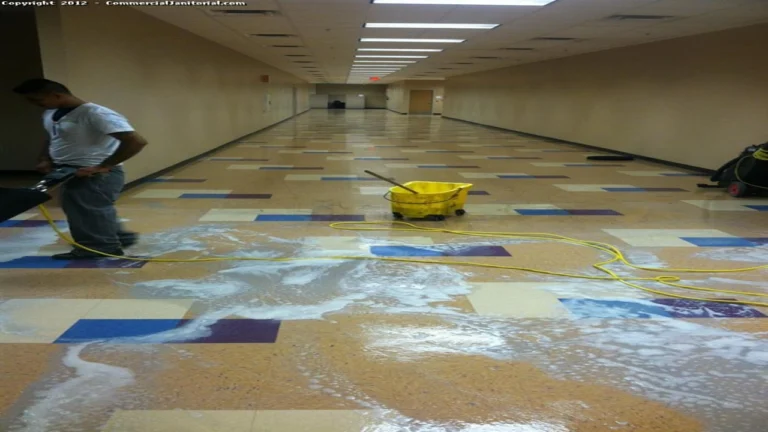
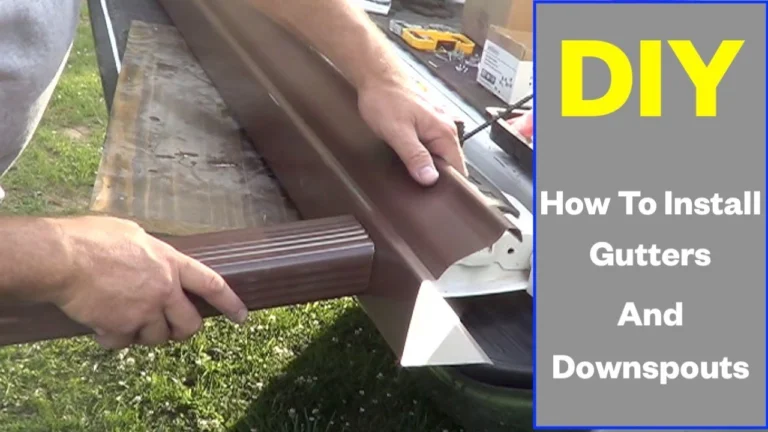
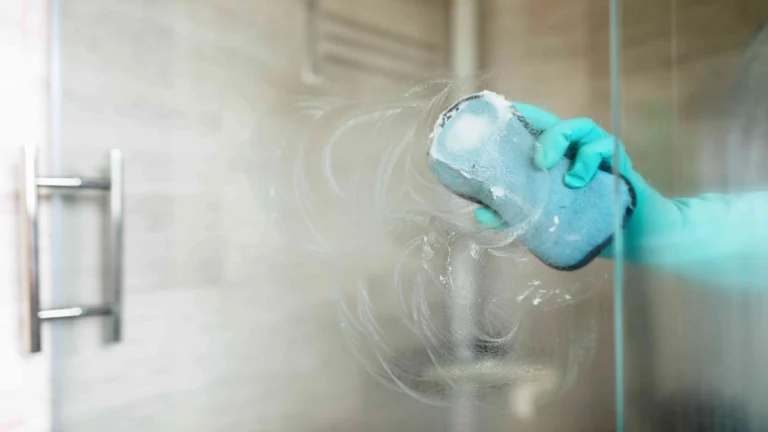

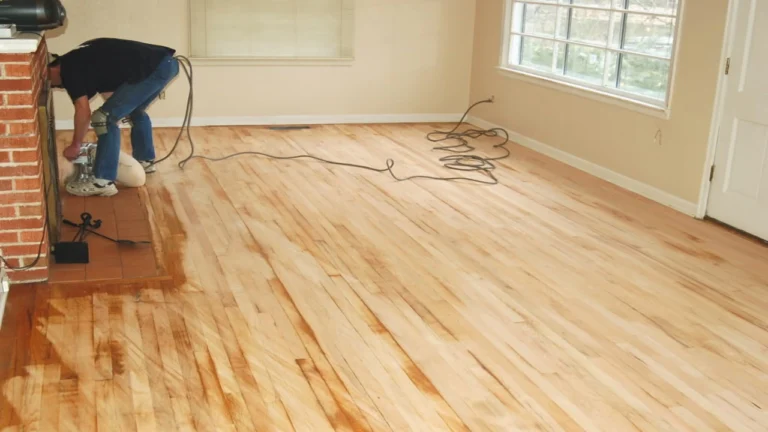
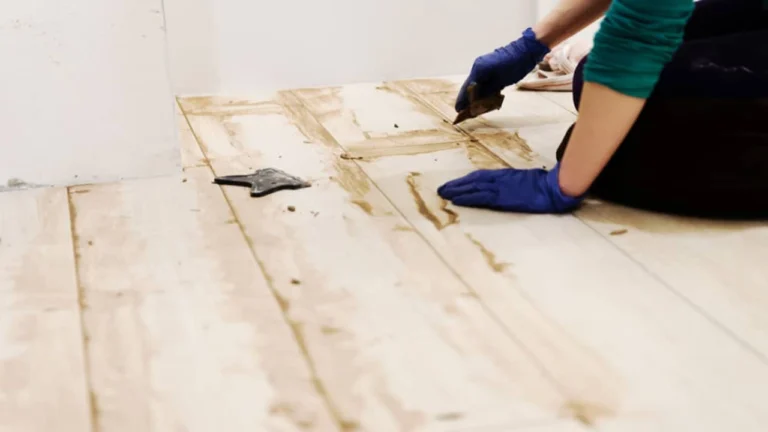
2 Comments